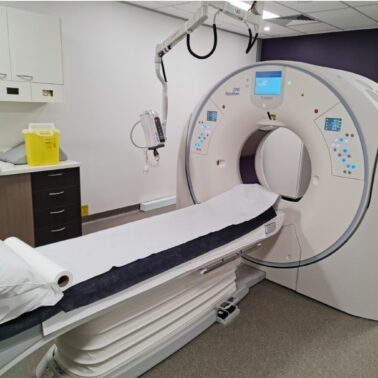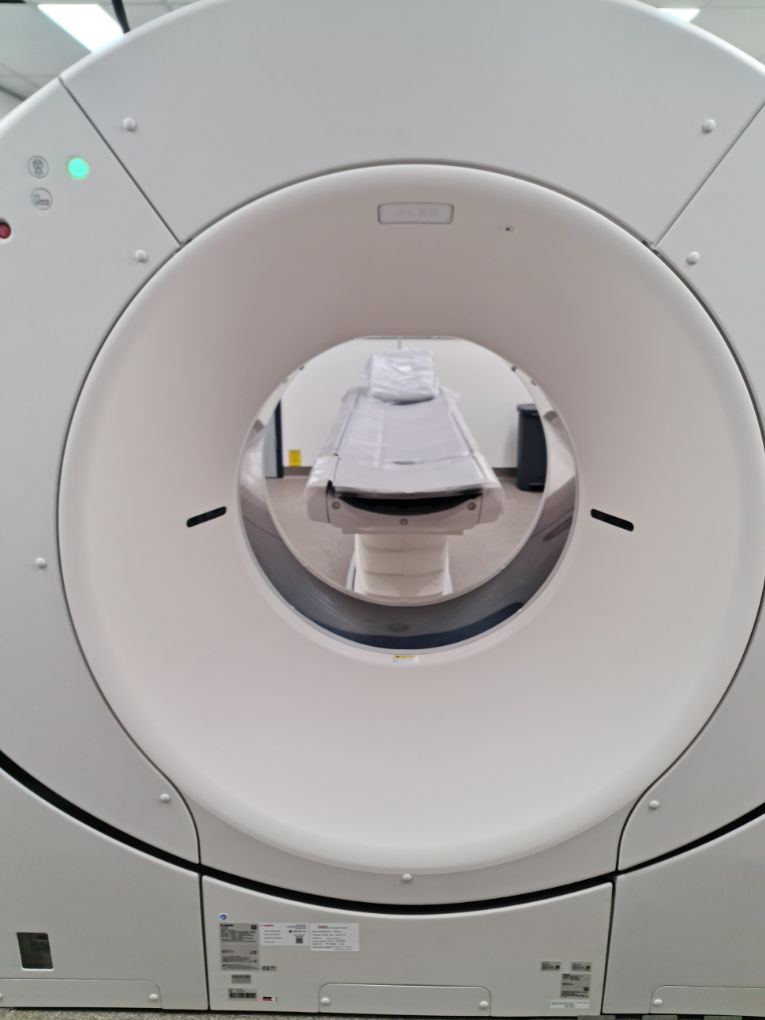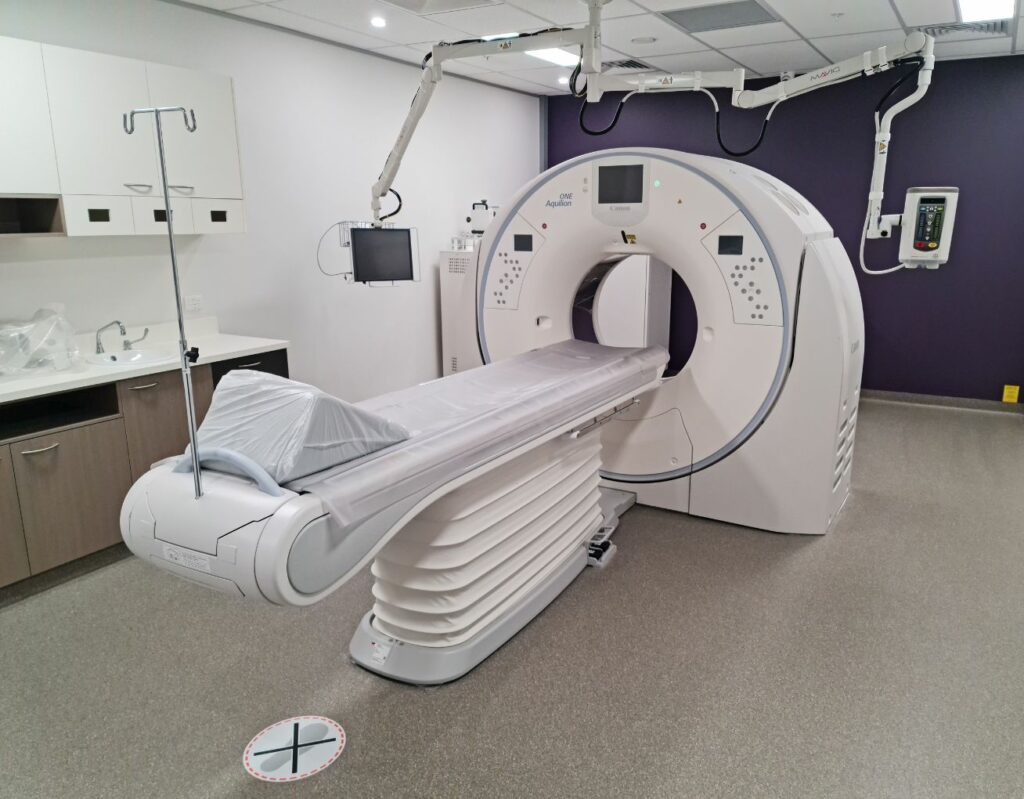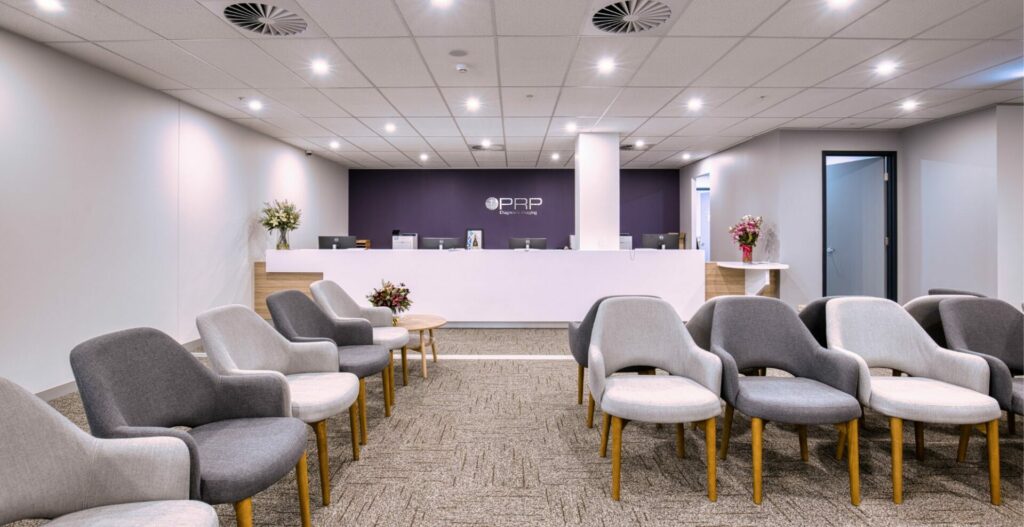
How Do CT Scans Work and Are They Safe?
Since their inception in the early 1970s, CT scans have revolutionised medical imaging, providing doctors with detailed insights into the human body that were once unimaginable. First developed in the UK as a prototype brain scanner, this technology quickly took off worldwide, transforming diagnostics and patient care.
Today, CT scans remain a critical tool in modern medicine, valued for their ability to diagnose and monitor a wide array of health conditions. In this article, we’ll explore exactly what CT scans are, how they work, and what to expect if you need one, ensuring you feel informed and confident the next time you come in contact with this imaging tool.
What is a CT Scan?
A CT scan, or computed tomography scan, is an advanced imaging tool that uses a combination of X-rays and computer technology to create cross-sectional images of the body. Unlike standard X-rays, which produce flat, two-dimensional images, CT scans capture detailed, 3-D views of bones, tissues, and organs from various angles. This makes CT scans incredibly useful in diagnosing and assessing a range of medical conditions that might otherwise be missed with simpler imaging techniques.
CT scans stand out amongst other imaging methods because of their precision and speed. While X-rays can be quick and useful for detecting fractures, CT scans provide a much more detailed and clear picture, especially in soft tissues. MRIs, on the other hand, use magnetic fields and are especially effective for imaging soft tissues like the brain or muscles. However, CT scans are typically faster, making them the preferred choice in emergency situations where rapid diagnosis is crucial to recovery.
How Do CT Scans Work?
The science behind CT scans is rooted in cross-sectional imaging. As the CT scanner moves across the body, it captures multiple X-ray images from varying angles, which they process to produce detailed slices. These slices are then combined to create a 3-D representation of the area under investigation.
The CT scanner itself is made up of a rotating X-ray machine and an associated computer system. The rotating device emits small doses of X-ray as it moves around the body, with each of these collecting valuable information about different tissues. Sensors detect the varying levels of X-rays absorbed, and the data is processed by the computer to form a clear image.

If you have a CT scan booked, you’ll likely have questions about what to expect. During a CT scan, patients lie still on a table that slowly moves through the scanner. The scan itself is painless and typically only takes a few minutes. Some scans require a contrast dye which helps to enhance the visibility of certain tissues. This dye can be swallowed, injected or given as an enema depending on the body part being examined.
Why Are CT Scans Important?
CT scans play a crucial role in diagnosing and monitoring a range of medical conditions. They are commonly used to detect issues like bone fractures, internal injuries, infections, and tumours, as well as to evaluate the progression of chronic diseases. CT scans are often recommended in cases where high-level detail is needed, as they can provide information that other imaging methods cannot.
For example, CT scans are extremely valuable in emergencies, where assessing internal injuries from accidents or pinpointing the location of a blood clot or aneurysm can be life or death. They are also used to detect and monitor conditions like cancer, cardiovascular disease, and lung issues, helping doctors tailor treatments to patient-specific needs. The detailed images produced by CT scans allow for precise diagnosis and targeted treatment, making them an invaluable tool in modern medicine.
Are CT Scans Safe?
One of the most common concerns regarding CT scans is the radiation exposure involved. While CT scans do use higher doses of radiation than standard X-rays, the levels are still considered safe when used in a medical environment.

There are also myths surrounding CT scans, particularly the misconception that they significantly increase the risk of cancer. Research shows that the risk of getting cancer from a single CT scan is very low, especially when weighed against the potential diagnostic benefits.
Modern CT technology and strict regulations ensure that radiation doses are kept to a minimum.
To maintain safety, medical providers are required to follow the As Low as Reasonably Achievable (ALARA) principle, which ensures that the radiation dose is as low as possible while still achieving high-quality images.
What to Expect Before, During & After a CT Scan
Knowing what to expect during a CT scan can seriously help ease any concerns.
Before the scan: You may be asked to avoid eating or drinking for a few hours beforehand, particularly if a contrast dye is going to be used. Wear comfortable, loose clothing, and remove any metal items like jewellery, as they can interfere with the imaging process.
During the scan: You’ll be asked to lie on a table that moves through the CT scanner— a large doughnut-shaped machine. The scan itself is painless, although don’t be alarmed if you hear strange whirring sounds, it’s just the machine as it captures the images. The whole process usually takes just a few minutes. If contrast dye is used, it may cause a brief, warm, tingling sensation or a slightly metallic taste, both of which will disappear relatively quickly.
After the scan: In most cases, you can resume normal activities immediately following the scan. If you have ingested contrast dye, drinking water will help to flush it out from your system. Your doctor will schedule an appointment to discuss the results with you once the images have been analysed.
Need a CT Scan? We Can Help.
CT scans are a powerful tool for diagnosing and managing various health conditions, with safety protocols in place to minimise any risks.

The detailed nature of these non-invasive scans allows doctors to make more accurate diagnoses than with other imaging procedures and provide targeted treatment.
If you have questions or concerns about an upcoming CT scan, your healthcare provider can help you with the benefits and potential risks based on your situation. To schedule a consultation or learn more, contact our friendly, professional team at PRP today.
